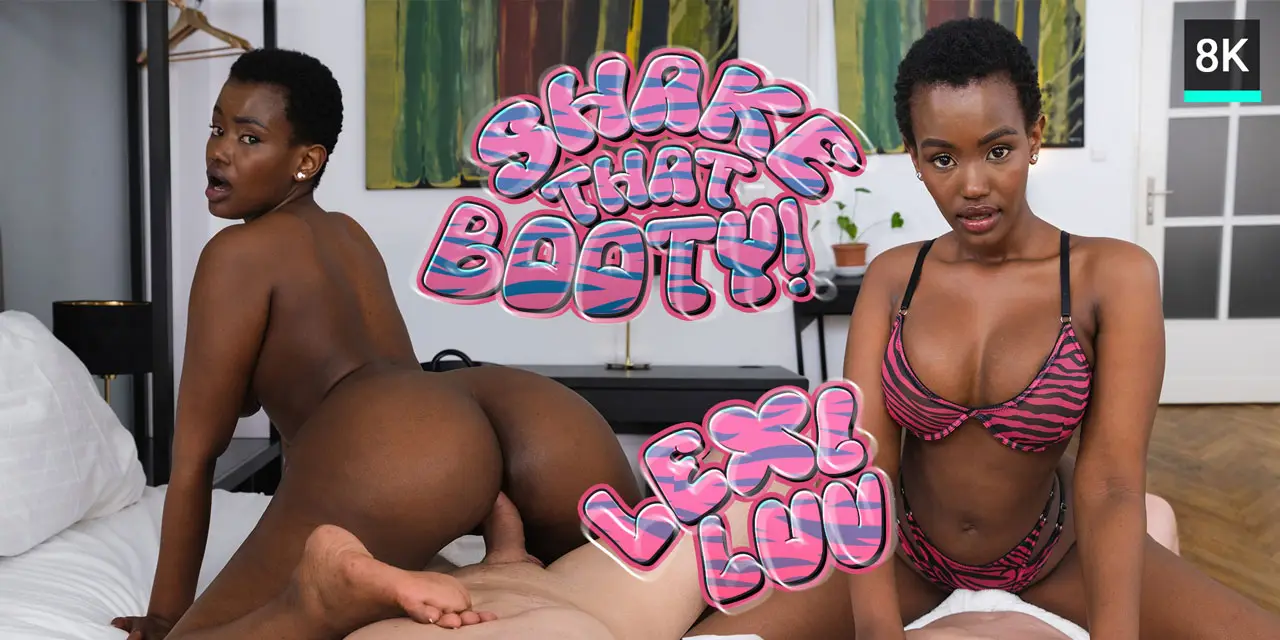Virtual Reality (VR) has revolutionized the way we experience dance, merging the art of movement with immersive technology to create a new category of performance and interaction. The VR dance category, a burgeoning field, allows dancers and choreographers to explore new dimensions of expression, where physical space is no longer a limitation. With VR, audiences can step into the performance, experiencing dance from perspectives that were previously unimaginable, enhancing the emotional and visual impact of the art form.
Recent advancements in VR technology have led to the development of specialized VR dance platforms and applications. For instance, DanceXR and VRDance Studio have emerged as leaders in this space, offering tools that enable creators to design and share VR dance experiences. These platforms not only allow for the recording and playback of dance performances in a virtual environment but also facilitate real-time interaction and collaboration among dancers from around the world, breaking down geographical barriers.
The integration of VR into dance has also opened up new avenues for education and training. Institutions like the Juilliard School and the Royal Academy of Dance are exploring VR to enhance their teaching methodologies, providing students with immersive learning experiences that improve their understanding of choreography and technique. Moreover, VR dance performances have gained recognition at international festivals such as the Venice Biennale and the Edinburgh Festival Fringe, highlighting the growing acceptance and appreciation of this innovative art form.

